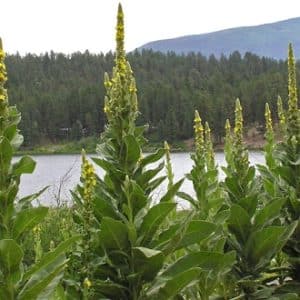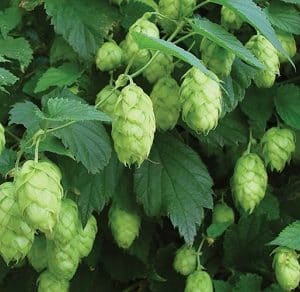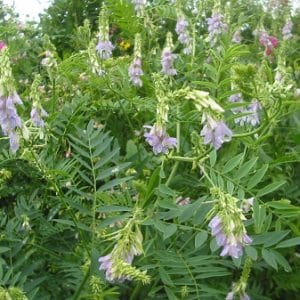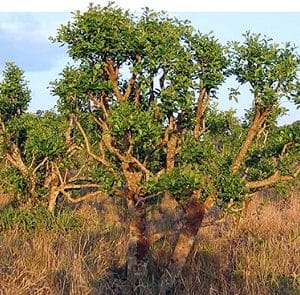Sesame seeds are truly one of the most ancient foods on earth. In fact, sesame plants are the oldest known plant species to be grown primarily for their seeds (pods) and oils rather than for their leaves, fruit or vegetables.
Highly valued in eastern, Mediterranean and African cultures, sesame seeds (Sesamum indicum) have been used for thousands of years to flavor foods, provide essential fats and enhance skin health. Sesame has one of the highest oil contents of any seed and a rich, nutty flavor, which is why sesame oil, tahini and the seeds themselves are common ingredients in cuisines across the world.
One of the first oil seeds known to humankind, sesame seeds have been widely employed in culinary as well as in traditional medicines for their nutritive, preventive, and curative properties. Sesame is a primary source of phytonutrients such as omega-6 fatty acids, flavonoid phenolic anti-oxidants, vitamins, and dietary fiber with potential anti-cancer as well as health promoting properties.




